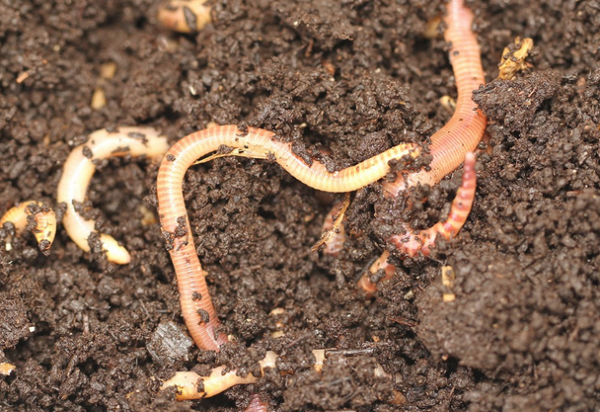The “Eyeball Challenge” for Trophy Florida Bass Tests Angler Weight Estimates
From The Fishing Wire
______________
Nearly 900 anglers completed the final round, and the results were quite revealing: on average, anglers were off by plus or minus 2.22 pounds per bass in estimating weight from photos. Even the top 5% of all guessers — the A-pluses at the head of the class — were only able to shave their error down to plus or minus 1.35 pounds of the actual weight.
How big do you think this bass is? Ten pounds? Seven? Twelve? A unique study by the Florida Fish and Wildlife Conservation Commission (FWC) along with partner, Bass Pro Shops, recently revealed that guessing right is harder than you think — whether you are an experienced bass angler, fishing guide or even a bona fide fisheries biologist. The Eyeball Challenge arose from FWC’s TrophyCatch program, which collects data from anglers on bass eight pounds or larger for use in fisheries management and conservation. The core requirement for submission is a photo or video of the entire bass on a scale with the weight reading clearly visible. And, every trophy bass must be released.
“Given the very specific submission requirements, I’m still a bit mystified whenever I get the ‘That bass isn’t 10 pounds!’ comment on one of our posts,” said biologist and TrophyCatch Facebook Manager, John Cimbaro. “If there’s one thing I’ve learned from looking at thousands of bass photos, it’s that the same fish can look very different depending on how the picture is taken and how the fish is held. A hero shot of an angler holding a trophy bass up is usually the best-looking photo for a Facebook post. But the fish-on-scale photo is the one that matters for the research program and that’s the photo l point a doubting commenter to.”
The Eyeball Challenge asked anglers to estimate the weights of bass in three separate challenges, each with a series of photos. Each bass was weighed by a biologist with field scales to ensure accuracy. The Eyeball Challenge culminated in August with Round 3, which featured 24 individual Florida bass. Nearly 900 anglers completed the final round, and the results were quite revealing: on average, anglers were off by plus or minus 2.22 pounds per bass. Even the top 5% of all guessers — the A-pluses at the head of the class — were only able to shave their error down to plus or minus 1.35 pounds of the actual weight.
Does fishing experience endow anglers with weight-guessing skills? Eyeball Challenge participants told us if they identified as novice, intermediate or avid anglers, and they provided the number of years of bass fishing experience they had accrued. Interestingly, statistical analysis indicated that there was no performance difference among the three levels of anglers. Technically, increased years of bass fishing experience translated into improvements in guessing bass weights, but in practical terms, it takes anglers a lifetime of fishing experience (60 years) to gain only about .5 pound of accuracy over inexperienced anglers. The bottom line is that no matter how good you are at catching fish or how long you’ve been fishing; a variety of factors makes it hard to accurately guess the weight of a fish from a photo.
One key result from the Eyeball Challenge was that how an angler holds his or her bass in a photo makes quite a difference in how we perceive it. Half of the bass featured in the Round 3 challenge were held out toward the camera, at arm’s length. The other half were held much closer to the angler’s torso. As anglers might guess, there was a highly significant difference in anglers’ ability to accurately guess the weights of bass in the two groups. Anglers were much more accurate at guessing weights of bass held at arm’s length but had a slight bias toward overestimating those bass. For bass held close to the body, anglers underestimated those bass by over 1.25 pounds on average. For more details on the study, visit TrophyCatchFlorida.com/Eyeball-Challenge.
“It’s now scientifically proven—If you want the best photos of your catch, hold that fish out toward the camera,” said biologist Drew Dutterer, who helped design the study. “If not, it may be impossible to convince your fishing buddies just how big that bass really was!”
The TrophyCatch program has been popular for not only allowing citizen-scientists to contribute their data, which anglers report is their primary reason for submitting catches, but because industry partners such as Bass Pro Shops provide rewards for participation. To register for TrophyCatch and learn more, visit TrophyCatch.com. For more information about the TrophyCatch program, email Laura Rambo at Laura.Rambo@MyFWC.com.


